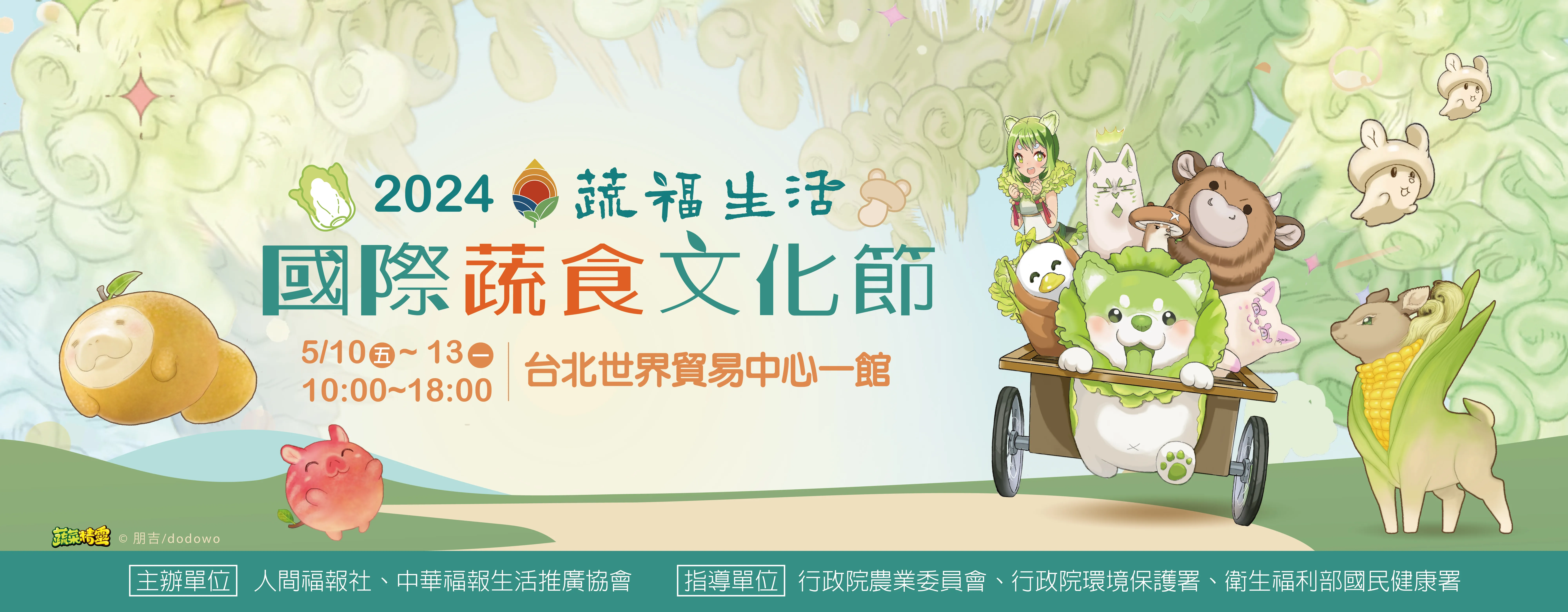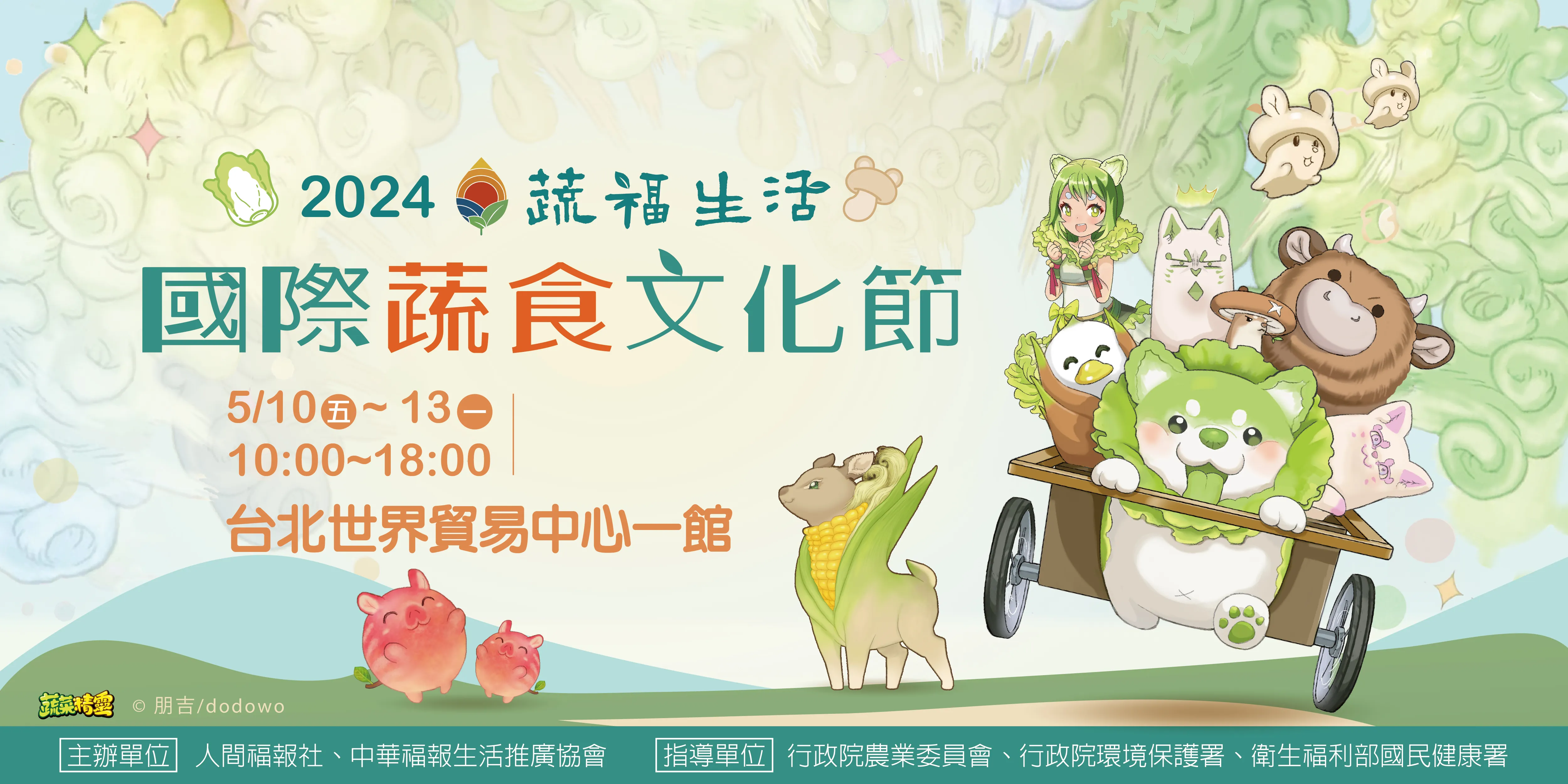


| 時代: | 18世紀 |
| 出土地點: | 傳世品 |
| 尺寸: | 高度:約32 cm 長度:約34 cm 寬度:約17 cm 重量:4,040 g |
| 質地: | 銅鎏金 |
| 數量: | 1 |
黃財神膚色是黃色的,因此被稱為黃財神,是藏地各大教派奉持的五色財神之一。此件黃財神一面二臂,五個十字冠為頭飾,肉髻高聳似海濤,矮小肚大,雙臂勁力,右手持布拉噶如意宝,左手持吐寶鼠,上身袒露、下身著裙,上身以珠寶瓔珞做裝飾,胸前挂念珠。左足屈,右足踩着海螺寶,寓意可入海取寶,右足和海螺寶立於烏巴拉花上,以如意姿安座蓮花座上。
This piece is a mid-Qing Dynasty Tibetan gilt bronze statue of the Yellow Jambhala, characterized by its distinctive yellow skin tone, hence referred to as the "Yellow Jambhala." It is one of the five-color Jambhala deities revered by various Tibetan Buddhist sects. The figure features a single face and two arms, with a crown of five crossed vajras adorning the head. The hair is styled in a manner resembling ocean waves, with a stout physique and robust arms. The right hand holds a cloth pouch symbolic of the wish-fulfilling jewel, while the left hand holds a mongoose that symbolizes the granting of wealth. The upper body is bare, while the lower body is adorned with a skirt-like garment. Ornamentation on the upper body includes jewel-studded necklaces, and a mala (prayer beads) hangs across the chest. The left leg is bent, and the right foot rests on a conch shell, symbolizing the ability to obtain treasures from the sea. The right foot and conch shell are placed on a lotus pedestal known as "Ubara" flower, standing on a lotus seat in a relaxed pose.
此件黃財神似海濤的肉髻、蓮座上的三瓣蓮瓣紋和烏巴拉花,皆是標準清朝初、中期之紋飾,與明朝銅鎏金法像相比,胎體微輕,也和現代較死沉的法像不同,鎏金色澤較黃亮,是清朝初、中期標準的鎏金方式。
The oceanic waves-like hair, the three-petal lotus design on the pedestal, and the Ubara flower are all standard decorative elements from the early to mid-Qing Dynasty period. Compared to gilded bronze statues from the Ming Dynasty, the statue's body is slightly lighter and differs from the modern heavier gilded statues. The gilding color has a bright yellow hue, following the standard gilding technique prevalent during the early to mid-Qing Dynasty.
鑄造方式是標準中、大型脫蠟法,局部有沙孔,紋飾細膩,與現代用鑄造範沙法製作,光身或紋飾較少的製作方式截然不同,髮冠後方微帶標準清朝初期的銅綠,少部分有因年代久遠鎏金脫落之痕跡。
The statue was created using the standard medium to large-scale lost-wax casting method. There are occasional sand inclusions in localized areas, while the overall design displays intricate detailing. This casting method differs significantly from the modern sand casting techniques used for simpler or less adorned pieces. Some areas on the crown show a copper-green patina characteristic of the early Qing Dynasty. Traces of gilding loss due to age are visible in a few areas.
